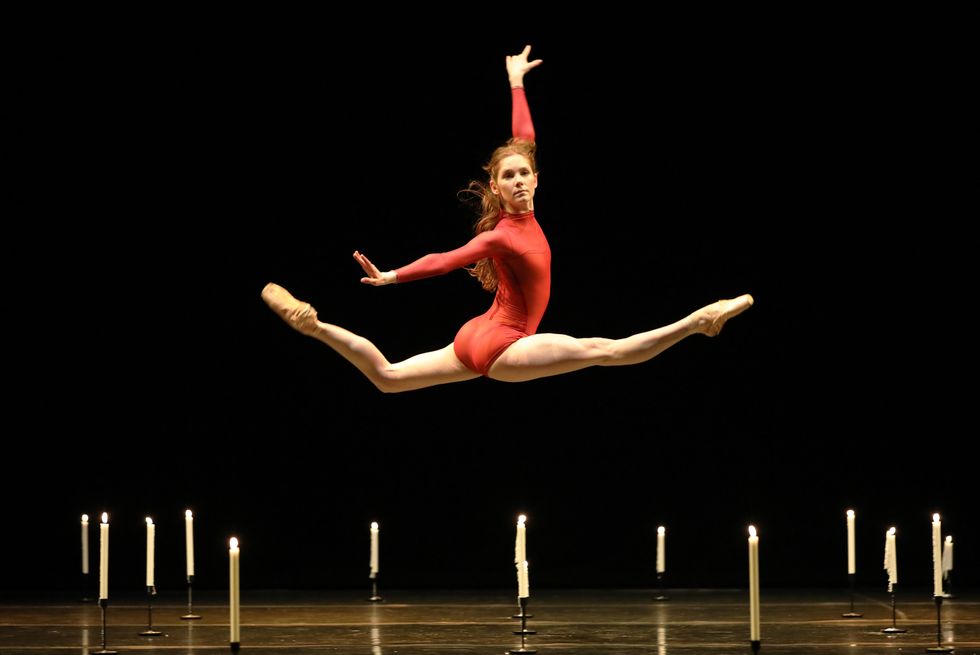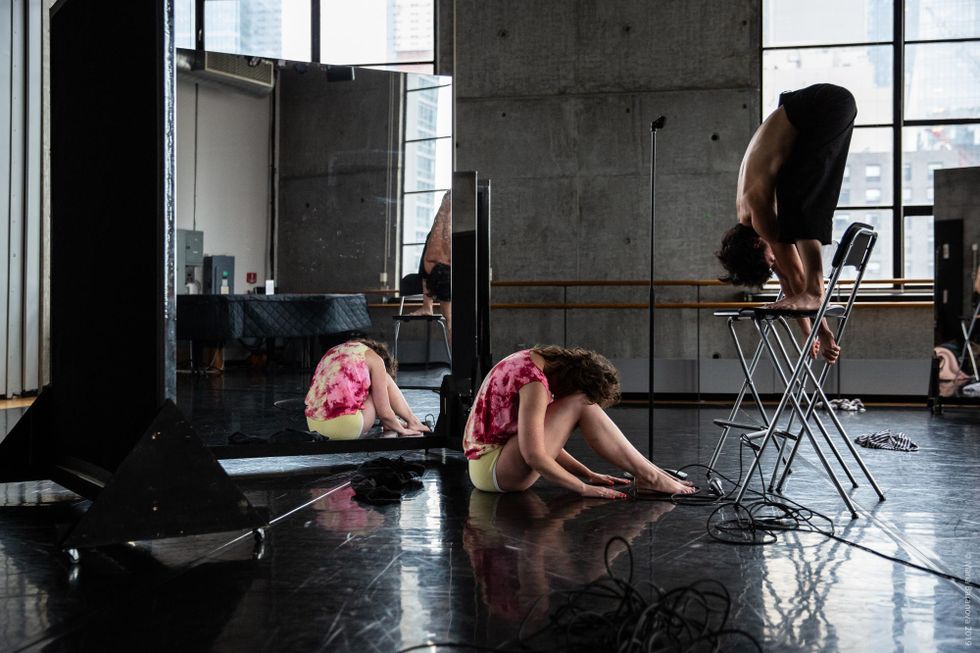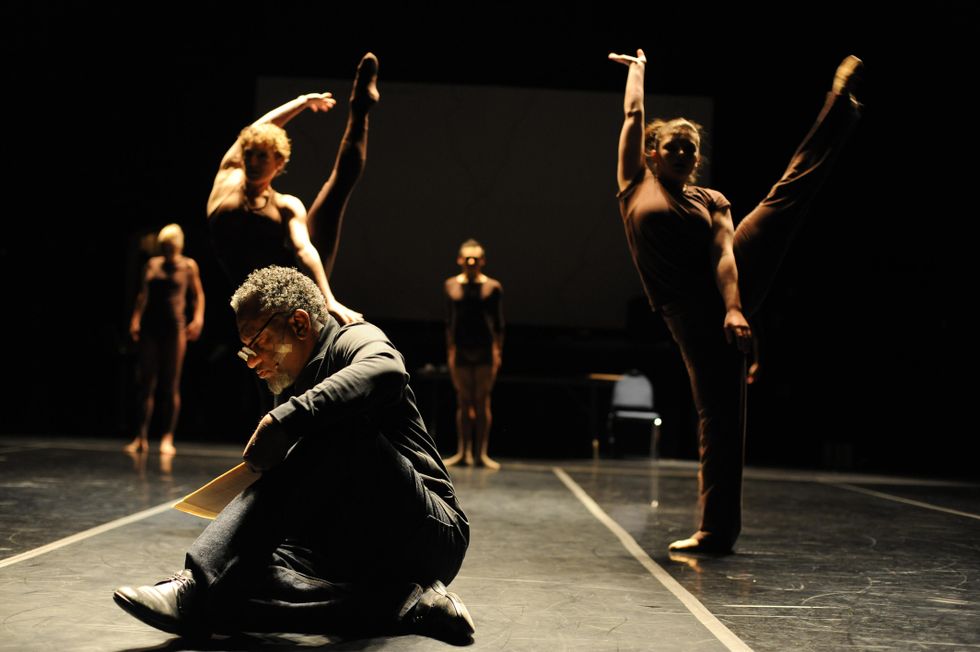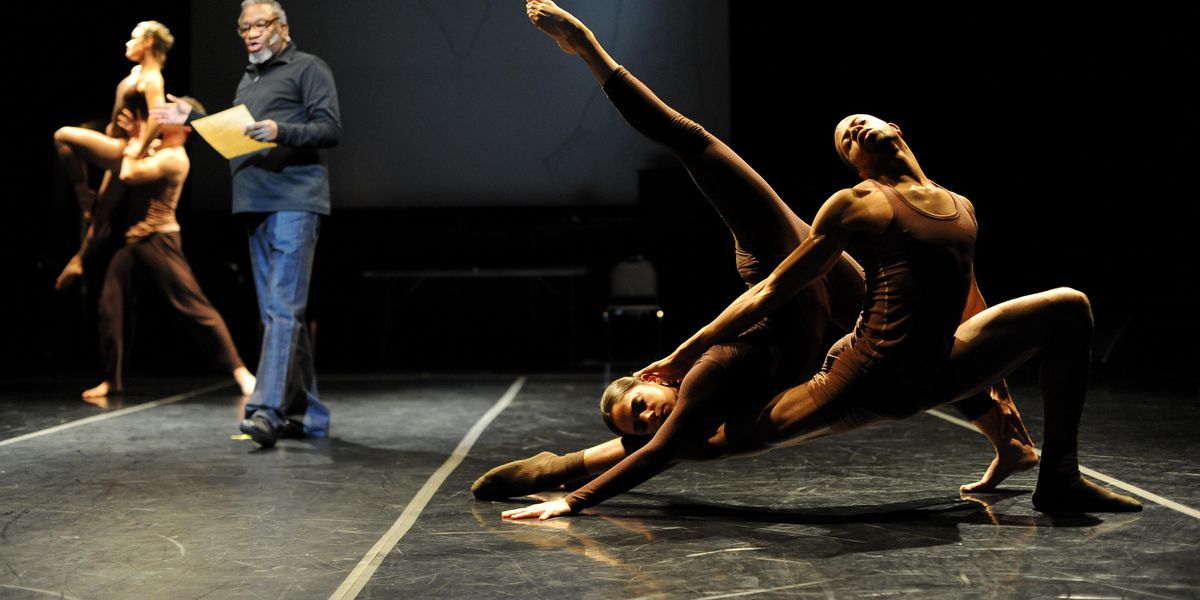Teamwork Makes the Dream Work: Best Practices for Choreographic Collaboration
Though choreography might seem, at first glance, like a dictatorship, it operates more like a team than some might realize. “Choreography is a collaborative thing, whether you’re a dancer, the choreographer, a designer, the composer,” says Remi Wörtmeyer, who recently choreographed a piece for Dutch National Ballet with Wubkje Kuindersma and Ernst Meisner. If you find yourself part of a collaborative project, where you share the title of choreographer with someone else or even a small group, chances are you’re already primed for this experience.
But it may require a bit of trial and error to arrive at a finished product that reads as a successful blend of your choreographic instincts and that of your collaborators. Donald Byrd, artistic director of Spectrum Dance Theater, likens that choreographic throughline to a “hybrid aesthetic.” “It takes time to figure out what that is,” he says, “and to make that aesthetic consistent.”
If you’re creating alongside someone else for the first time, use these ideas to find the right process for you.
Divide and Conquer
One clear-cut way to tackle a collaborative project is to divide the work up. Meisner, Wörtmeyer and Kuindersma, for example, meted out choreographic sections based on their piece’s musical score. “Each person choreographs their own section,” says Meisner, “and, eventually, we’ll come together, spending as much time as possible in the studio with each other, to see what we’ve each done and react to that.” So that the work doesn’t seem disjointed or like a compilation of separate, unrelated pieces, the trio will choreograph transitional moments as a group.

Prometheus, by Remi Wörtmeyer, Wubkje Kuindersma and Ernst Meisner at Dutch National Ballet
Hans Gerritsen, courtesy DNB
Improvise
Molly Lieber and Eleanor Smith have been creating and performing duets together since 2006, and much of their work is sifted from many rounds of improvisation. They rely on a rigorous process of watching, reflecting and layering. “Often, it’s one of us dancing and the other one watching, but it also involves a lot of dancing together with nobody watching—and sometimes it involves a mix of those things,” says Lieber. “We’ll go back and forth, developing qualities and movements. It’s a filtration process, giving the material different kinds of treatments together.”

Maria Baranova, Courtesy Lieber and Smith
Problem-Solve
In 2017, Byrd created WHAT’S MISSING? with Beth Corning and utilized a task-oriented approach. “Let’s say there’s one section where we’re working on a problem we’re trying to solve,” says Byrd. “Beth and I might each take a pass at it, and then look at what each other comes up with. Are there things we can use from both of these? It’s about how the DNA of the two might be spliced to make a new thing.”

Gabriel Bienczycki, Courtesy Byrd
Manipulate
In his 2008 A Chekhovian Resolution, created with the Israeli choreographers Nir Ben Gal and Liat Dror, Byrd used another approach to braid his ideas with theirs: “I took movement that had been devised by those choreographers and manipulated that material until a whole new set of movement was derived,” he says. This was a helpful vehicle for muddying authorship, he says. “It became impossible to say which person did what.”
Communication Dos and Don’ts
DO:
Disagree effectively. Donald Byrd compares a successful collaboration to being in an intimate relationship. “Can you fight about something without it destroying your relationship?” he asks. Making your choreographic desires clear and being cordial aren’t mutually exclusive. In fact, being honest with your collaborators can deepen your partnership and the work itself.
DON’T:
Offer feedback without forethought. How you approach feedback, Byrd says, should depend entirely on who you’re working with. Take time to understand each other and how you work. With Beth Corning, for example, Byrd felt free to be blunt. “Beth is very outspoken—she didn’t have any qualms about saying something,” he says. “I felt the same with her.”
DO:
Take the time to listen. Particularly during the early stages of creation, it’s important that you listen to others, says Ernst Meisner. “You really have to take a backseat,” he says. “I’ve had to teach myself that I should listen a bit more and actively imagine what someone else is imagining in their head.”
For dancemakers who are used to working alone, the temptation might be to run with your initial choreographic instincts—but you can’t leave your collaborators in the dust. When you take the time to discuss your thoughts alongside your co-choreographers, Remi Wörtmeyer says, “ideas come together in a more organic way, and you don’t get so stuck in an idea that it’s a fight in order to break it.”
DON’T:
Prioritize one choreographer’s contributions over another’s. Egalitarianism is central to Molly Lieber and Eleanor Smith’s process. “Even though there’s just two of us,” says Smith, “we still have to come to a consensus.” They approach anything they’re at odds over from a new perspective. “We’ll keep shifting things, reordering them, taking things off and trying them on,” says Lieber. “It’s never one of us trying to meet the image that the other has in mind.”
Sometimes, though, it’s helpful to designate a leader, says Byrd. “With that piece, it was Beth’s vision, so I would often let her lead,” he says. Ultimately, it’s a matter of figuring out the best approach for you—and setting expectations from the start.




